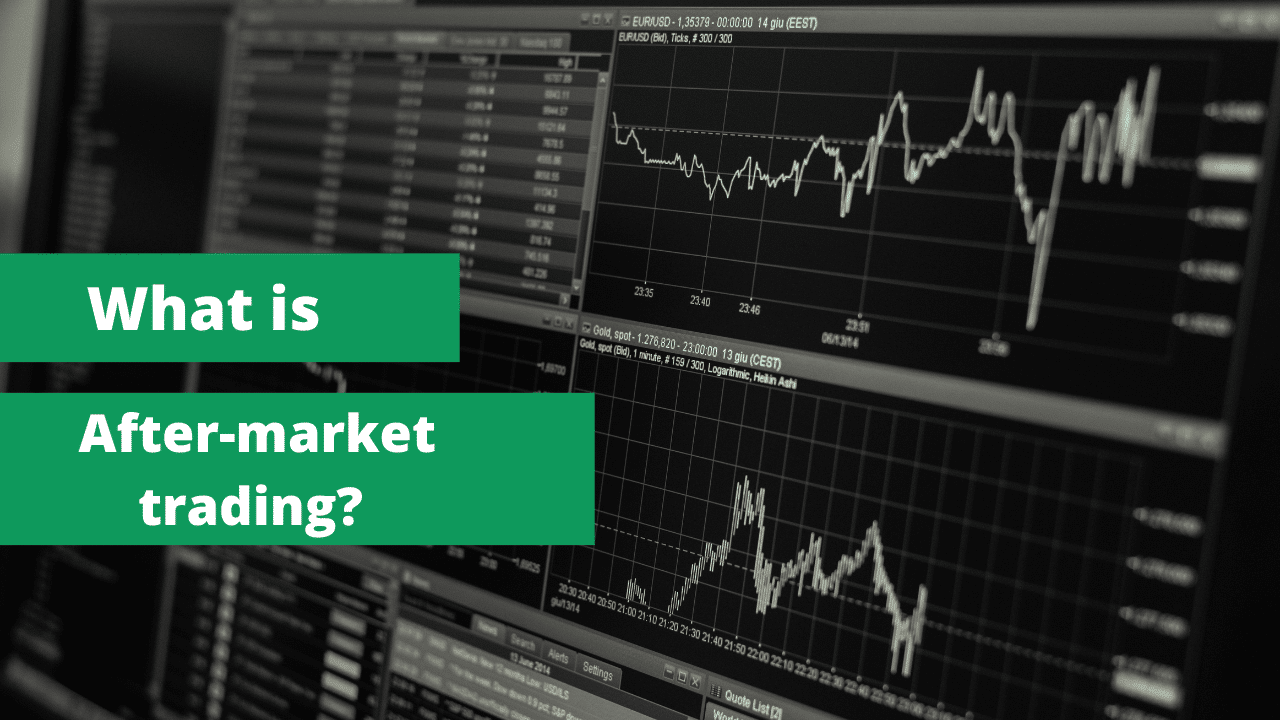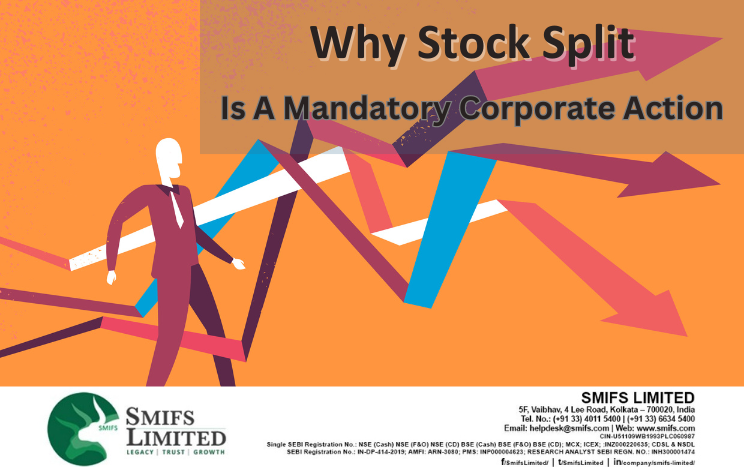The Bombay Stock Exchange (BSE) and the National Stock Exchange of India (NSE) are the two main stock exchanges in India. From 9 AM to 3:45 PM, these two markets are open. One type of order that can be placed after regular trading hours and executed as soon as the market opens is called an after-market order, or AMO. Those customers who are unable to actively watch the markets during regular trading hours can benefit most from AMOs.
This article defines what an AMO in the stock market is, how it operates, and what it means. A type of order known as an after-market order (AMO) is one that can be entered after regular trading hours and is carried out as soon as the market opens. For customers who are unable to actively watch the markets during typical trading hours, AMOs are especially helpful. The definition, operation, and significance of an AMO in the stock market are all explained in this article.
What are after-hours trading timings?
At 3:45 PM, the BSE and NSE close for trading. The following day, they reopen at nine in the morning. The time between the market closing and when it reopens the next day is known as after-hours trading. When putting an AMO too near to the opening time, use caution.
The precise timings are as follows: The BSE’s after-hours trading hours for stock trading are 3:45 PM to 8:59 AM. The same hours apply to NSE, which is 3:45 PM to 8:57 AM.
You must trade from 3:45 PM to 8:59 AM to place an AMO for currency trading. After-hours trading for derivatives, such as futures and options (F&O), occurs between 3:45 PM to 9:10 AM.
How does an After Market Order work?
For those who are balancing stock market investing with their principal work, the After Market Order is ideal. For those with little free time, it is a workable solution and quite easy to use. Using an example, let’s examine how an after-market order functions.
For example, you determine that at 8:00 PM on the NSE, you will place an After Market Order for 50 shares of a business called XYZ. At market pricing, this order. Your placed AMO order is routed to your broker, where it remains until the following trading day at 8:58 AM. The AMO order is sent to the stock market by the broker at 9:00 AM on the following day.
When trading opens at 9:15 AM, the stock exchange places your order at the opening market rate. For example, if you place a limit order for INR 2000, your AMO order will be processed between 9:00 AM and 9:07 AM if the price matches in the pre-opening market. If not, processing of the order begins after 9:15 AM.
When it comes to limiting AMOs, the broker determines how much you can put in. Investors can put a limit order with certain brokers up to or down by 5% from the closing price. For instance, if a share closes at INR 500, you can put a limit order between INR 475 and INR 525.
How do I place an after-market order?
- Enter the details requested by the platform to log into your brokerage account.
- From the list that appears on the screen, look for the shares of the business you intend to invest in.
- Select either the Buy or Sell option that is offered there.
- Select the trade that interests you, such as CNC, MIS, etc.
- Select the AMO option by tapping on it.
- Select between placing a market order and a limit order.
- Indicate how many shares you intend to trade. Provide the trading price if it is a limit order.
- Select the option to Buy or Sell.
What are the benefits of using after-market orders?
The advantages of after-market orders are listed below:
- The limited hours for placing and executing orders in the stock markets deter many investors who are not full-time traders from investing in them. These part-time investors may find that extended trading makes it easier for them to place more trades and make more gains.
- Extended trading hours may also assist traders in limiting their losses by giving them the opportunity to execute the orders they need to close a losing position when regular trading resumes.
- The flexibility to cancel or modify AMOs whenever it’s convenient for you is one of their greatest qualities. It protects you from negative situations that could impact the volatile stock market.
- Current events and news have a noticeable impact on the markets, as is well known. They frequently establish the market’s attitude and the course of events. In comparison to limited trading hours, extended trading may allow traders to respond to news and events more quickly. Outside of market hours, certain corporations issue their quarterly and earnings reports. With the help of business news like this, traders could respond quickly. It is similar to riding the first mover advantage in several ways.
Things to remember about extended trading hours
- It would be wise for the investor to be informed of any after-hours trading policies that individual brokers may have.
- At the moment, there are fewer traders and a lower volume of shares traded during extended trading hours. As a result of the decreased trading activity, one may anticipate increased volatility.
- A share’s closing price in the after-hours market could differ from its opening price on the stock exchange. Furthermore, a stock’s share price during an extended trading hour could differ from its price during regular market hours.
Institutional purchasers are less inclined to deal with individual buyers, which is bad for the former. Institutional purchasers would possess a competitive edge, including greater funds and resources, as well as access to up-to-date information.
What are the risks relating to after-market orders?
- After-market orders typically entail low-volume trading. It is challenging for traders to buy or sell shares, particularly those of high-performing companies, due to the low trading volume. As a result, in the case of AMOs, liquidity is minimal.
- You don’t get shares at the greatest market price in AMOs. The prices that are stated differ from the combined pricing that is available during regular business hours.
- Cover and bracket orders are not permitted for them. Moreover, stop-loss orders are not supported by AMOs.
- Order fulfilment may be hampered by fluctuating prices brought on by low liquidity.
- Due to the restricted amount of stock available, after-market orders face more competition. This can lead to market instability and losses for inexperienced investors.
Previously, the Indian stock market prohibited traders from engaging in late-night trading. But with the advent of AMOs, the landscape has entirely altered today. After-market orders are becoming a crucial component of the stock market in India. AMOs allow investors with little time to gain from the share market. With the help of this tool, investors can trade after market hours and combine their gains from well-chosen assets. The facility makes it easier and less difficult to gain seamless access to profitable investment possibilities.




